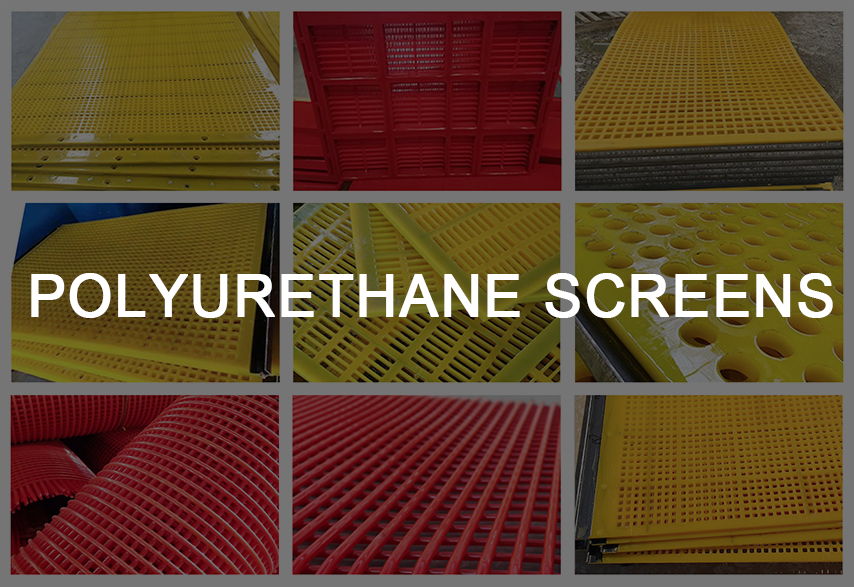Solutions
Frac Sand Production Process
Release time:
Nov 22,2023
"Frac sand" is a high-purity quartz sand with very durable and very round grains. It is a crush-resistant material produced for use by the petroleum industry. The basic function of frac sand is to create and maintain (prop open) passageways needed for the harvesting of either natural gas or crude oil. It is used in the hydraulic fracturing process (known as "fracking"), that is, using a high-pressure water pump to inject fracturing fluid into an oil and gas reservoir to fragment the reservoir to obtain oil and gas resources, frac sand is an indis that is, using a high-pressure water pump to inject fracturing fluid into an oil and gas reservoir to fragment the reservoir to obtain oil and gas resources, frac sand is an indispensable substance. Most of the quartz sand comes from high-purity quartz sandstone, but there are also some substitutes for quartz sand, such as ceramic and metal particles. The former comes from bauxite and the latter comes from aluminum products.pensable substance. Most of the quartz sand comes from high-purity quartz sandstone, but there are also some substitutes for quartz sand, such as ceramic and metal particles. The former comes from bauxite and the latter comes from aluminum products.

Petroleum industry proppants must meet very demanding specifications. The characteristics of a high-quality frac sand include:
》high-purity silica sand
》grain size perfectly matched to job requirements
》spherical shape that enables it to be carried in hydraulic fracturing fluid with minimal turbulence
》durability to resist crushing forces of closing fractures
Frac sand is produced in a range of sizes from as small as 0.1 millimeter in diameter to over 2 millimeters in diameter, depending upon customer specifications. Most of the frac sand consumed is between 0.4 and 0.8 millimeters in size.

How To Produce Frac Sand
Frac sand is not used straight from the ground. It requires processing to optimize its performance. After mining it is taken to a processing plant. There it is crushed and washed to remove fine particles.
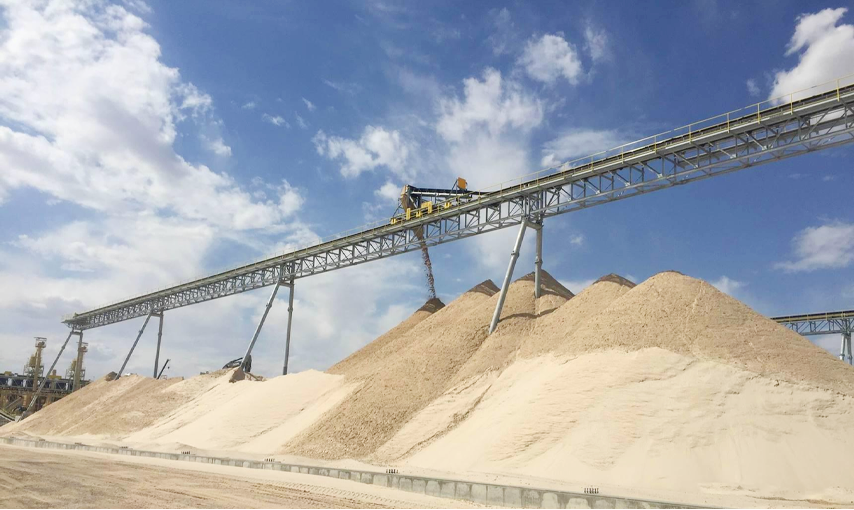
Crushing
High-purity quartz sandstone is the main source of frac sand. Quartz sandstone has undergone long-term weathering and denudation. Except for the quartz mineral particles, almost all other minerals in the original rock have been weathered and eroded. At the same time, the quartz particles have extremely high roundness, which are indispensable conditions for the production of frac sand. Quartz sand passes through crushing equipment to produce frac sand with different diameters. According to different uses, the diameter of frac sand is mostly in the range of 0.1 to 2.0 mm. Most of them are concentrated in the range of 0.4 to 0.8 mm.
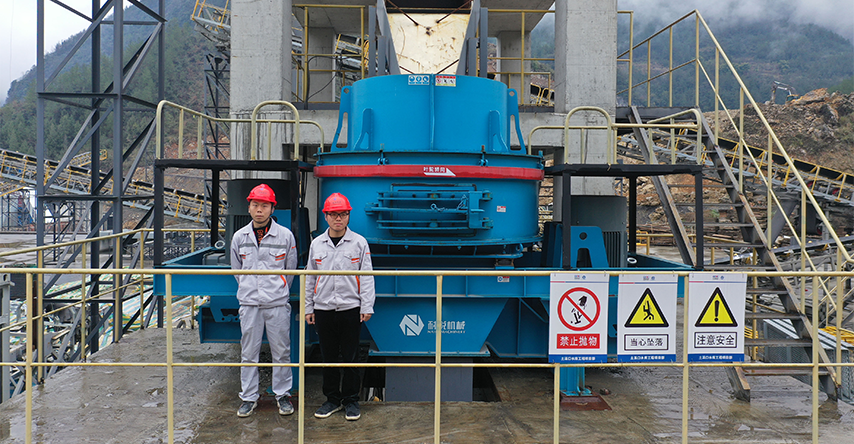
Screening
Crushed fracturing sand needs to be screened first typically begins with either a horizontal or inclined primary vibratory screen in either a two- or three-deck design.Inclined screens utilize gravity while using less horsepower and handling larger tonnages per square foot of screen surface area. These screens are typically fitted with urethane screen surfaces with slots oriented perpendicular to the flow of materials.
While making the coarse-end separation required, the vibratory screen also provides the introduction point for the addition of water into the process. Water addition begins in the sluicing feedbox and continues with spray bars as the material crosses the screens. The introduction of water in this manner completely hydrates the sand.
Following the coarse-end separation made during screening, the focus switches to making the fine-end separation.
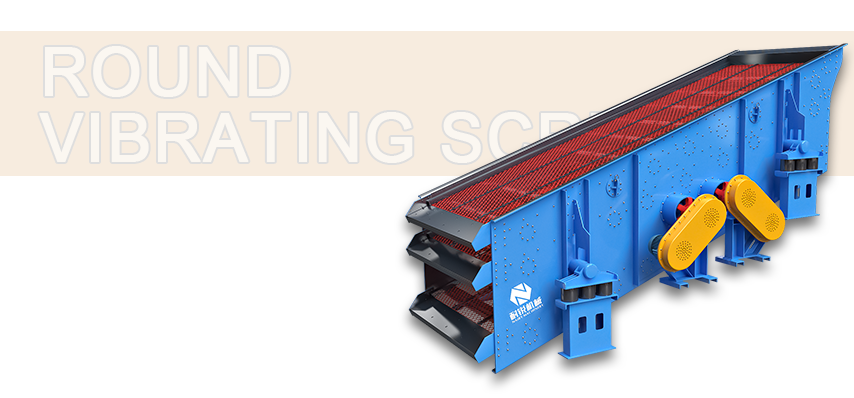
Classification
After exiting the screening process, hydrated sand in slurry form enters a sump and pump arrangement. The pumps used in this process are typically rubber lined due to the abrasive nature of silica sand.
The sump and pump arrangement typically provides the slurry to a large-diameter hydrocyclone, the primary function of which is to provide feed material to a hydraulic classifier at an ideal density and in a manner that provides even distribution of the slurry into a stilling feed well.
The hydraulic classifier is the key to the frac sand process as it provides critical fine separation in preparing the feed for the dry plant. Hydraulic classifiers determine which separation goes into waste and which goes into frac sand. Inefficiencies in the classifier can mistake valuable material for waste, making its recovery impossible.
The principal of ‘hindered settling’ is core to the operation of the hydraulic classifier, The principle of operation is that a column of introduced ‘teeter’ water rising at a certain velocity will carry finer particles of a certain size upwards and over the perimeter weir, while coarser particles of a certain size will sink and exit at the bottom.
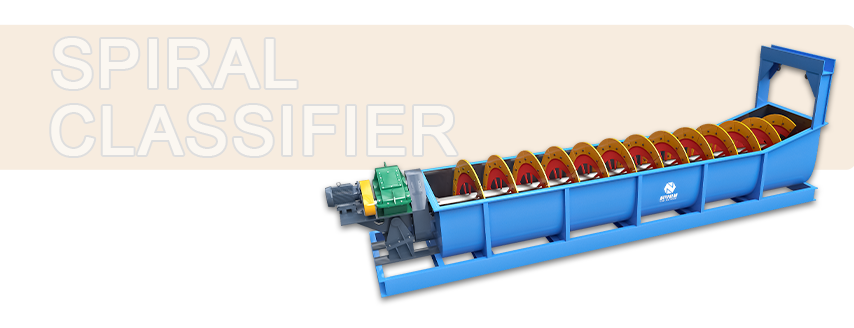
Washing and Scrubbing
After crushing and screening, the frac sand needs to be processed by a sand washing machine and a scrubbing machine. The sand washing machine can remove the impurities covering the surface of the sand and at the same time destroy the water vapor layer covering the sand grains to facilitate dehydration and play a role in efficient sand washing and cleaning. The scrubbing machine can scrub the dirt and oxidized impurities on the surface of the silica sand to improve the purity of the silica sand material, and the scrubbing efficiency can reach more than 90%.
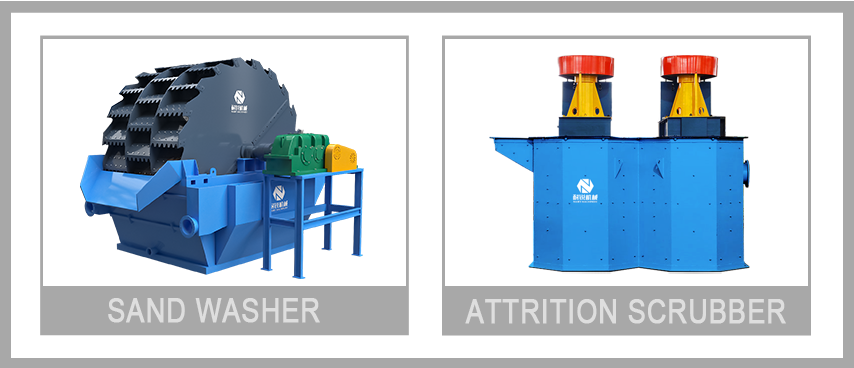
Dewatering
Dewatering screen equipment can remove the moisture in the frac sand material so that it can be stacked in the drying treatment stage for further processing. It can also remove excess mud and other impurities in the material. Efficient dehydration can reduce fuel consumption in the dry processing stage, reduce water transportation, reduce residual slag, and increase the turbidity of the final sand.

Fines Recovery
The main function of the fine sand recovery machine is to clean, dehydrate, and classify the frac sand. It can well recover a large amount of frac sand lost by the sand washing machine in the traditional sand making industry, which improves economic efficiency and reduces the disposal of tailings. The cost and loss of fine sand will cause pollution and damage to the environment.
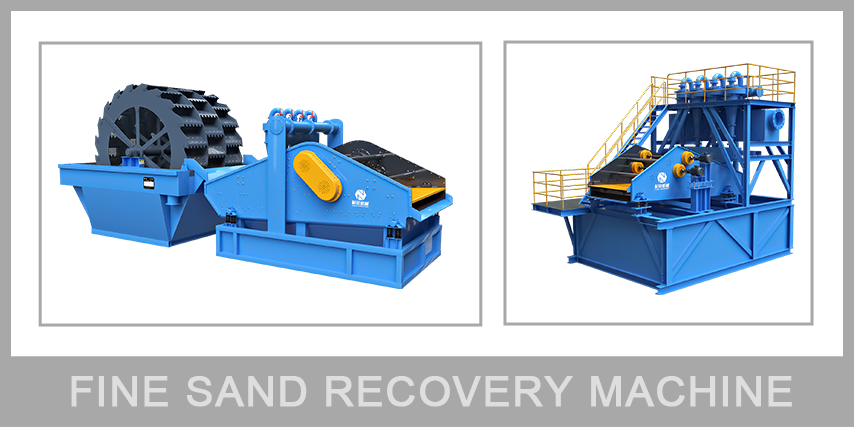
Sludge Treatment
If the wastewater generated during the production process of frac sand is directly discharged, it will cause serious pollution to the natural environment. Our design and develop the sewage treatment plant is a closed automatic sewage treatment system. Under the principle of recycling, the wastewater is separated from mud and sand, separated from mud and water, and discharged dry. Through screening, cleaning, dewatering, recycling, solid-liquid separation, sludge dewatering, and other links. The sludge and clean water in the entire system are separated, the recovery rate of sand and gravel screening is high, and the sewage is purified and recycled, to save resources, reduce water consumption, and meet environmental protection requirements. The sewage treatment plan mainly includes sewage treatment pipelines, sewage tanks, clean water tanks, sediment separation equipment, screening equipment, fine sand recovery equipment, dryers, thickening tanks, filter presses, and other parts.

"Frac sand" is a high-purity quartz sand with very durable and very round grains. It is a crush-resistant material produced for use by the petroleum industry. The basic function of frac sand is to create and maintain (prop open) passageways needed for the harvesting of either natural gas or crude oil. It is used in the hydraulic fracturing process (known as "fracking"), that is, using a high-pressure water pump to inject fracturing fluid into an oil and gas reservoir to fragment the reservoir to obtain oil and gas resources, frac sand is an indis that is, using a high-pressure water pump to inject fracturing fluid into an oil and gas reservoir to fragment the reservoir to obtain oil and gas resources, frac sand is an indispensable substance. Most of the quartz sand comes from high-purity quartz sandstone, but there are also some substitutes for quartz sand, such as ceramic and metal particles. The former comes from bauxite and the latter comes from aluminum products.pensable substance. Most of the quartz sand comes from high-purity quartz sandstone, but there are also some substitutes for quartz sand, such as ceramic and metal particles. The former comes from bauxite and the latter comes from aluminum products.

Petroleum industry proppants must meet very demanding specifications. The characteristics of a high-quality frac sand include:
》high-purity silica sand
》grain size perfectly matched to job requirements
》spherical shape that enables it to be carried in hydraulic fracturing fluid with minimal turbulence
》durability to resist crushing forces of closing fractures
Frac sand is produced in a range of sizes from as small as 0.1 millimeter in diameter to over 2 millimeters in diameter, depending upon customer specifications. Most of the frac sand consumed is between 0.4 and 0.8 millimeters in size.

How To Produce Frac Sand
Frac sand is not used straight from the ground. It requires processing to optimize its performance. After mining it is taken to a processing plant. There it is crushed and washed to remove fine particles.

Crushing
High-purity quartz sandstone is the main source of frac sand. Quartz sandstone has undergone long-term weathering and denudation. Except for the quartz mineral particles, almost all other minerals in the original rock have been weathered and eroded. At the same time, the quartz particles have extremely high roundness, which are indispensable conditions for the production of frac sand. Quartz sand passes through crushing equipment to produce frac sand with different diameters. According to different uses, the diameter of frac sand is mostly in the range of 0.1 to 2.0 mm. Most of them are concentrated in the range of 0.4 to 0.8 mm.

Screening
Crushed fracturing sand needs to be screened first typically begins with either a horizontal or inclined primary vibratory screen in either a two- or three-deck design.Inclined screens utilize gravity while using less horsepower and handling larger tonnages per square foot of screen surface area. These screens are typically fitted with urethane screen surfaces with slots oriented perpendicular to the flow of materials.
While making the coarse-end separation required, the vibratory screen also provides the introduction point for the addition of water into the process. Water addition begins in the sluicing feedbox and continues with spray bars as the material crosses the screens. The introduction of water in this manner completely hydrates the sand.
Following the coarse-end separation made during screening, the focus switches to making the fine-end separation.

Classification
After exiting the screening process, hydrated sand in slurry form enters a sump and pump arrangement. The pumps used in this process are typically rubber lined due to the abrasive nature of silica sand.
The sump and pump arrangement typically provides the slurry to a large-diameter hydrocyclone, the primary function of which is to provide feed material to a hydraulic classifier at an ideal density and in a manner that provides even distribution of the slurry into a stilling feed well.
The hydraulic classifier is the key to the frac sand process as it provides critical fine separation in preparing the feed for the dry plant. Hydraulic classifiers determine which separation goes into waste and which goes into frac sand. Inefficiencies in the classifier can mistake valuable material for waste, making its recovery impossible.
The principal of ‘hindered settling’ is core to the operation of the hydraulic classifier, The principle of operation is that a column of introduced ‘teeter’ water rising at a certain velocity will carry finer particles of a certain size upwards and over the perimeter weir, while coarser particles of a certain size will sink and exit at the bottom.

Washing and Scrubbing
After crushing and screening, the frac sand needs to be processed by a sand washing machine and a scrubbing machine. The sand washing machine can remove the impurities covering the surface of the sand and at the same time destroy the water vapor layer covering the sand grains to facilitate dehydration and play a role in efficient sand washing and cleaning. The scrubbing machine can scrub the dirt and oxidized impurities on the surface of the silica sand to improve the purity of the silica sand material, and the scrubbing efficiency can reach more than 90%.

Dewatering
Dewatering screen equipment can remove the moisture in the frac sand material so that it can be stacked in the drying treatment stage for further processing. It can also remove excess mud and other impurities in the material. Efficient dehydration can reduce fuel consumption in the dry processing stage, reduce water transportation, reduce residual slag, and increase the turbidity of the final sand.

Fines Recovery
The main function of the fine sand recovery machine is to clean, dehydrate, and classify the frac sand. It can well recover a large amount of frac sand lost by the sand washing machine in the traditional sand making industry, which improves economic efficiency and reduces the disposal of tailings. The cost and loss of fine sand will cause pollution and damage to the environment.

Sludge Treatment
If the wastewater generated during the production process of frac sand is directly discharged, it will cause serious pollution to the natural environment. Our design and develop the sewage treatment plant is a closed automatic sewage treatment system. Under the principle of recycling, the wastewater is separated from mud and sand, separated from mud and water, and discharged dry. Through screening, cleaning, dewatering, recycling, solid-liquid separation, sludge dewatering, and other links. The sludge and clean water in the entire system are separated, the recovery rate of sand and gravel screening is high, and the sewage is purified and recycled, to save resources, reduce water consumption, and meet environmental protection requirements. The sewage treatment plan mainly includes sewage treatment pipelines, sewage tanks, clean water tanks, sediment separation equipment, screening equipment, fine sand recovery equipment, dryers, thickening tanks, filter presses, and other parts.

Previous: Aggregate Washing Process
Related Products
Modular Impact Crusher Station
Jun 27,2025
Jun 16,2025


